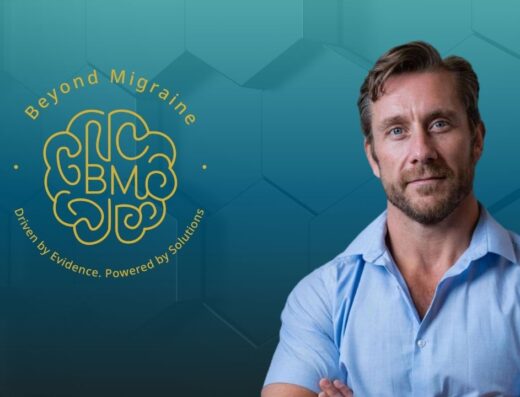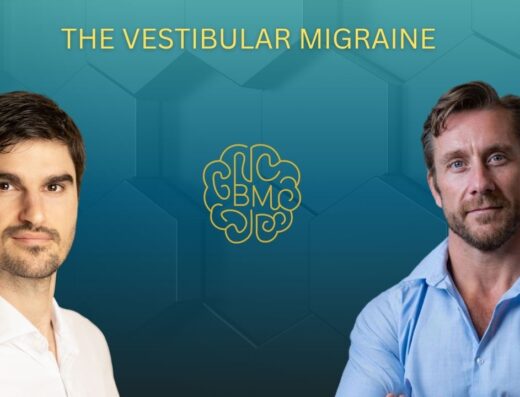- Event Start Date:31/01/2026 at 8:00 AM
- Event End Date:31/01/2026 at 6:30 PM
- Capacity:25
- Bookings Close On:30/01/2026 at 11:59 AM
- Event Times:8:30AM-6:30PM. Registration 8AM.
- CPD Credits:9
Temporomandibular Joint Disorders (TMDs) affect a significant portion of the population, with symptoms ranging from jaw pain and clicking, to headaches, neck discomfort, and difficulty chewing. As neuromusculoskeletal specialists, chiropractors are uniquely positioned to assess and manage TMJ dysfunction through non-invasive, evidence-informed techniques. The inclusion for comprehensive TMJ management module, in chiropractic continuing education reflects current clinical needs, inter-professional collaboration trends, and the scope of chiropractic care.
So Why Attend?
TMJ disorders are a growing concern in clinical practice, often presenting with complex symptoms. This seminar offers evidence-based strategies and hands-on assessment techniques to enhance your ability to diagnose and manage TMJ dysfunction while integrating craniocervical and pelvic biomechanics into care.
Key Learning Objectives
• Understand TMJ anatomy and biomechanics in relation to cervical and pelvic alignment
• Learn clinical protocols for TMJ assessment and chiropractic management
• Explore cranial influences on TMJ function and patient outcomes
• Develop strategies for collaborating with dental professionals
• Apply techniques to address disc displacement, muscular imbalance, and postural distortion
Who Should Attend?
• Chiropractors (and senior interns) seeking to expand their clinical skills
• Practitioners interested in craniofacial, cervical, and pelvic interrelationships
• Clinicians wanting to strengthen interdisciplinary collaboration with dentists
Integrating TMJ management into the chiropractic operational protocols will:
• Enhance scope of clinical competency: participants will be able to identify and manage TMJ dysfunction confidently, increasing treatment options for a broad
patient base
• Address a commonly overlooked condition: Many patients seek non-invasive alternatives to pharmacologic or surgical TMJ interventions
• Foster interdisciplinary collaboration: Equips chiropractors to coordinate care with dental and allied health professionals.
• Improve patient outcomes: Treating TMJ dysfunction holistically can reduce pain, restore function, and improve quality of life
**Please ensure to bring a chiropractic bench with you**
Dr David Hannah Bio
David W. Hannah is a Canadian-born chiropractor and educator with over four decades of clinical and academic experience. He earned a B.Sc. in Biochemistry and Microbiology from the University of British Columbia (1977) and graduated as a Doctor of Chiropractic from the Canadian Memorial Chiropractic College in 1983. His career has included private practice in Canada, the United States, and Australia, along with extensive academic appointments. He served as an Associate Professor and clinician at Palmer College of Chiropractic from 1995 to 2008, later holding senior lecturer roles in Malaysia and Australia. Dr. Hannah holds advanced credentials in Chiropractic Orthopedics (D.A.C.O., F.A.C.O.) and Atlas Orthogonal technique. He has also contributed internationally through health mission work, chiropractic program development, and teaching seminars worldwide. Now semi-retired in Illinois, he continues to teach TMJ, extremity, and animal chiropractic concepts, while enjoying family life with his wife, children, and grandchildren.







